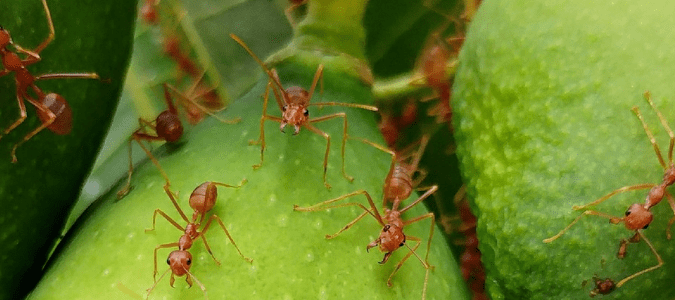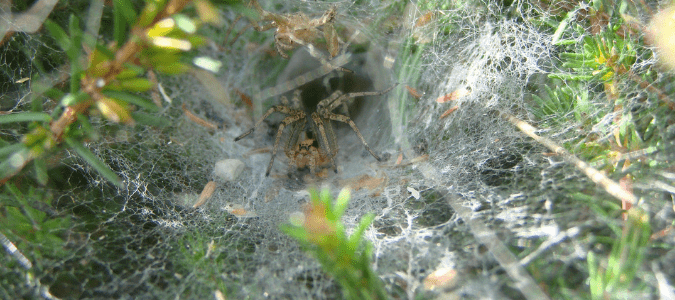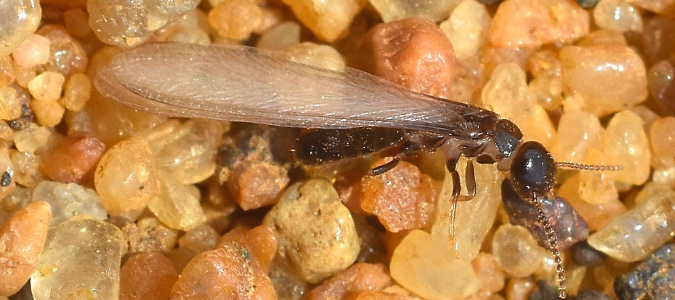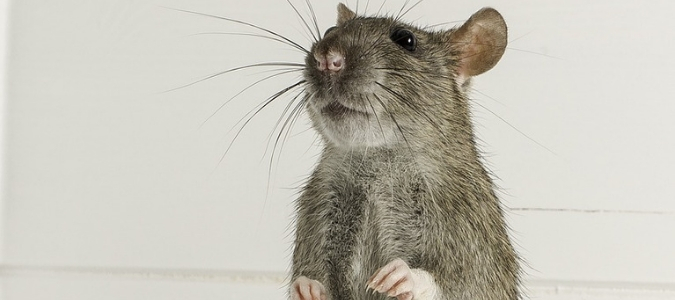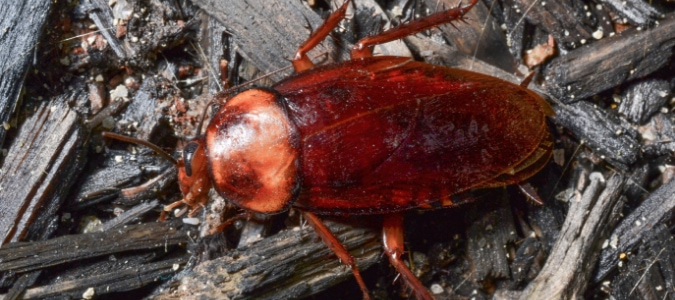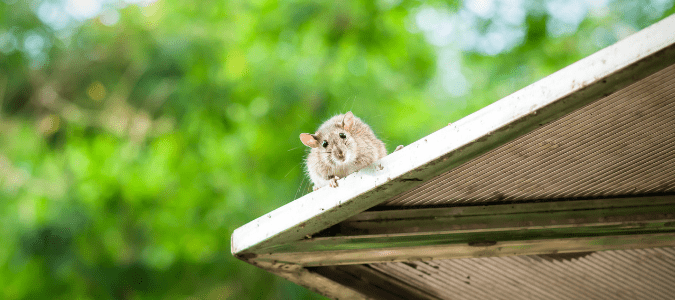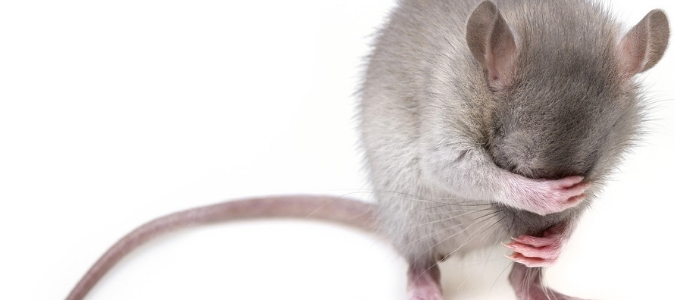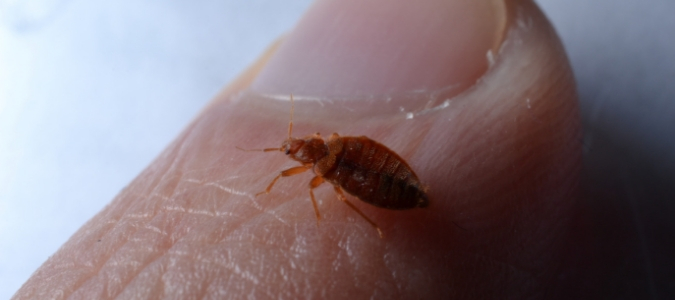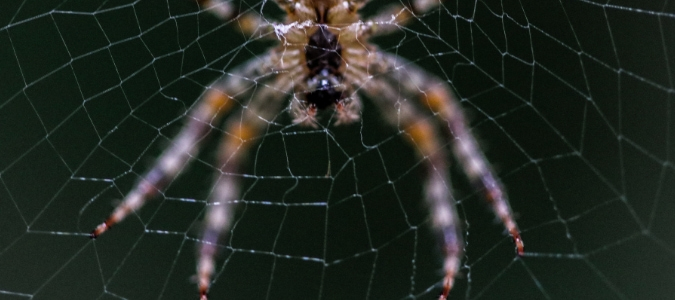Does Lavender Really Repel Bed Bugs?
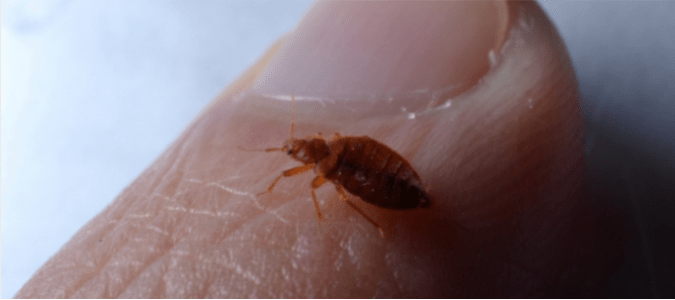
Waking up in the morning to find yourself covered in itchy, irritated red bumps is a shocking experience. If the bumps are situated in lines along your skin instead of in more random clusters, you might be even more concerned, as that is a common bite pattern associated with bed bugs. Instantly, you may wonder if these unwelcome pests are infesting your mattress or other areas of your home. If you’ve ever heard about natural repellents alleged to be effective in controlling these insects, you might wonder, does lavender really repel bed bugs?
Unfortunately, lavender is not an effective method to keep bed bugs away. Public health officials recognize the significant psychological toll an infestation can have and advise against DIY bed bug control methods and in favor of enlisting an experienced pest professional to deal with the problem. In order to completely eliminate bed bugs from your home, entomologists recommend … Read Full Post »
